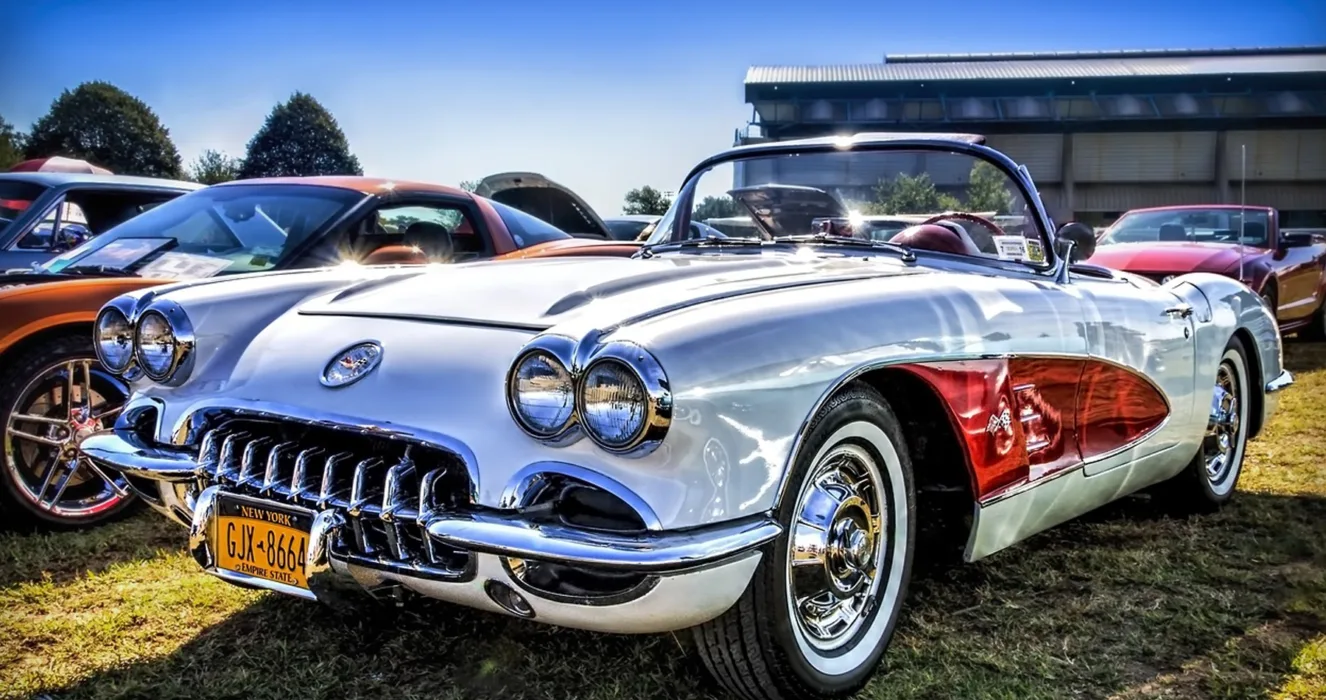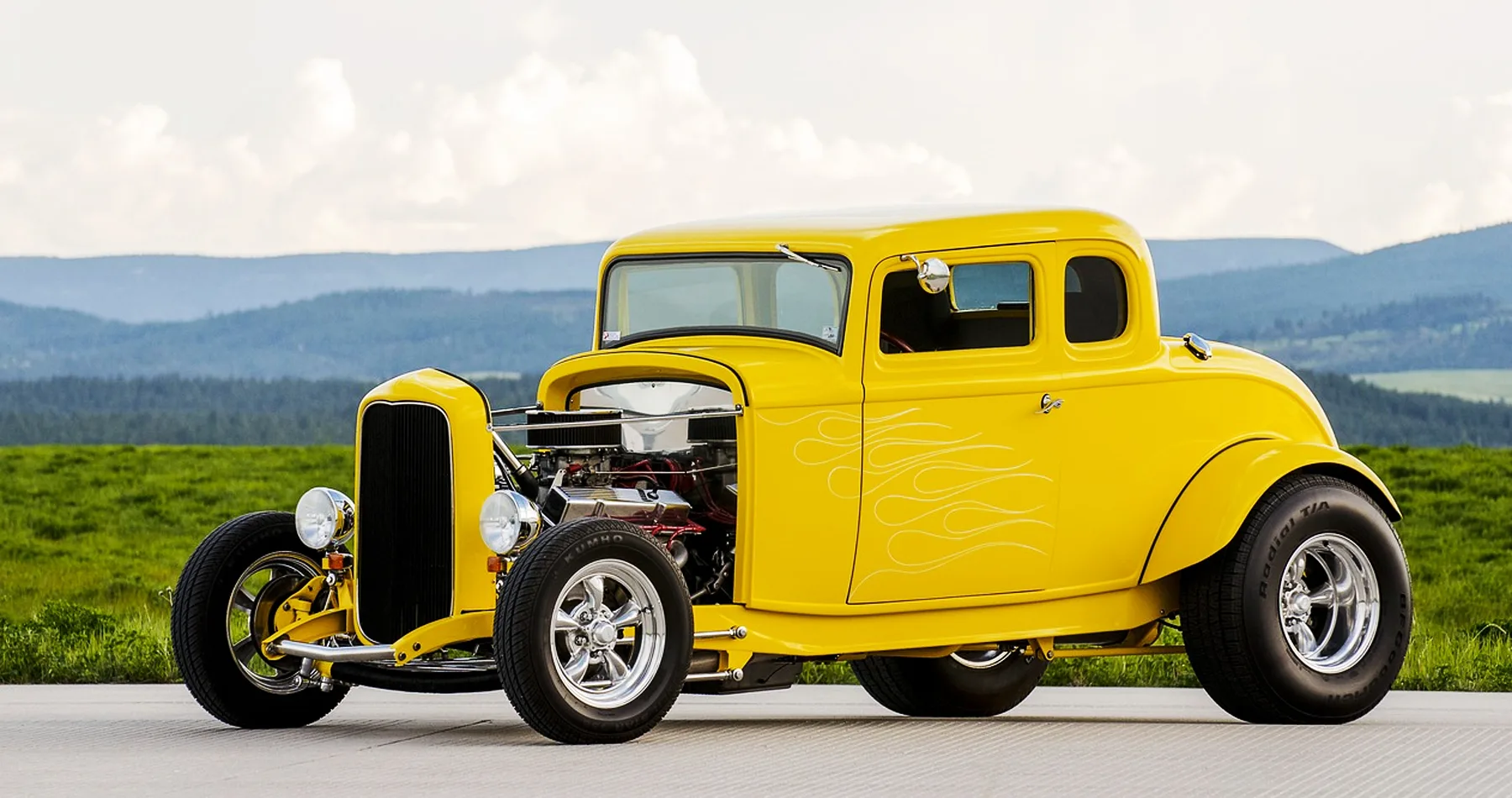The vintage automobile culture in America is deeply intertwined with nostalgia, representing a bygone era of automotive craftsmanship, style, and cultural significance. Classic cars evoke sentimental feelings, symbolizing an era of innovation, design excellence, and a romanticized view of the past. This essay delves into the allure of classic cars, exploring their historical significance, the evolution of vintage car culture in America, and the enduring nostalgia they evoke.
Classic Cars Historical Significance
The roots of America’s vintage automobile culture trace back to the early 20th century, coinciding with the rise of the automotive industry. The Model T Ford, introduced by Henry Ford in 1908, revolutionized transportation and laid the foundation for a car-centric culture. This era marked the beginning of mass-produced automobiles, fostering a sense of freedom and mobility that captured the American imagination.
The interwar period, particularly the 1920s and 1930s, witnessed an explosion of automotive creativity and design. Automakers like Cadillac, Packard, and Chrysler crafted cars that were not merely modes of transportation but embodiments of luxury, style, and status. The sleek lines, chrome accents, and iconic designs of classic cars from this era continue to captivate enthusiasts and collectors alike.
Evolution of Vintage Car Culture
The post-World War II era witnessed a surge in America’s fascination with automobiles, shaping a vibrant vintage car culture. The 1950s and 1960s were pivotal decades for automotive design and innovation. Iconic models such as the Chevrolet Bel Air, Ford Mustang, and Chevrolet Corvette became symbols of American automotive prowess and cultural identity.
As the automotive industry evolved, so did the passion for classic cars. Car enthusiasts and collectors formed communities, clubs, and events dedicated to preserving, restoring, and showcasing vintage automobiles. Car shows, auctions, and rallies became platforms for enthusiasts to display their prized possessions, celebrating the heritage and craftsmanship of classic cars.
Nostalgia and Emotional Connection
The allure of classic cars extends beyond their mechanical excellence; it encompasses a profound sense of nostalgia. These vehicles represent an era of American history filled with optimism, innovation, and cultural dynamism. For many, classic cars evoke memories of family road trips, youthful adventures, and a simpler, more romanticized time.
The emotional connection to classic cars is multifaceted. Some people gravitate to particular models because of ties to their families or personal histories with such vehicles. Others are captivated by the craftsmanship and design elements that embody the spirit of a particular era. The nostalgic appeal of classic cars transcends generations, fostering a shared appreciation for automotive heritage.
Impact on Contemporary Culture
In contemporary American culture, the influence of vintage automobile culture is pervasive. In addition to being treasured by collectors, classic cars are also highly regarded in popular culture, such as advertisements, TV series, and films. These recognizable cars frequently represent flair, uniqueness, and nostalgia for a bygone era.
Furthermore, the resurgence of interest in sustainability and eco-consciousness has influenced the perception of classic cars. Although their design and historical significance are admirable, some fans are looking into ways to refit antique vehicles with contemporary electric or hybrid drivetrains to combine eco-friendly technology with classic looks.

Challenges and Future Outlook
Despite the enduring allure of classic cars, challenges exist in preserving this automotive heritage. The availability of original parts, skilled restorers, and the escalating costs associated with acquiring and maintaining vintage automobiles pose significant challenges. For enthusiasts and collectors, changing laws about emissions and safety requirements for vintage vehicles pose challenges.
Looking ahead, the future of America’s vintage automobile culture remains vibrant. The passion for classic cars continues to thrive among dedicated enthusiasts, and technological advancements offer new opportunities for preserving and enjoying these automotive treasures. Collaborations between traditional craftsmanship and modern innovations may pave the way for sustainable approaches to maintaining and appreciating classic cars.
America’s vintage automobile culture is a tapestry woven with nostalgia, craftsmanship, and historical significance. For enthusiasts and collectors, changing laws about emissions and safety requirements for vintage vehicles pose challenges. Their enduring allure transcends generations, fostering a community of enthusiasts dedicated to preserving automotive heritage. As technology advances and societal values evolve, these cars remain timeless symbols of American ingenuity and the romance of the open road.
